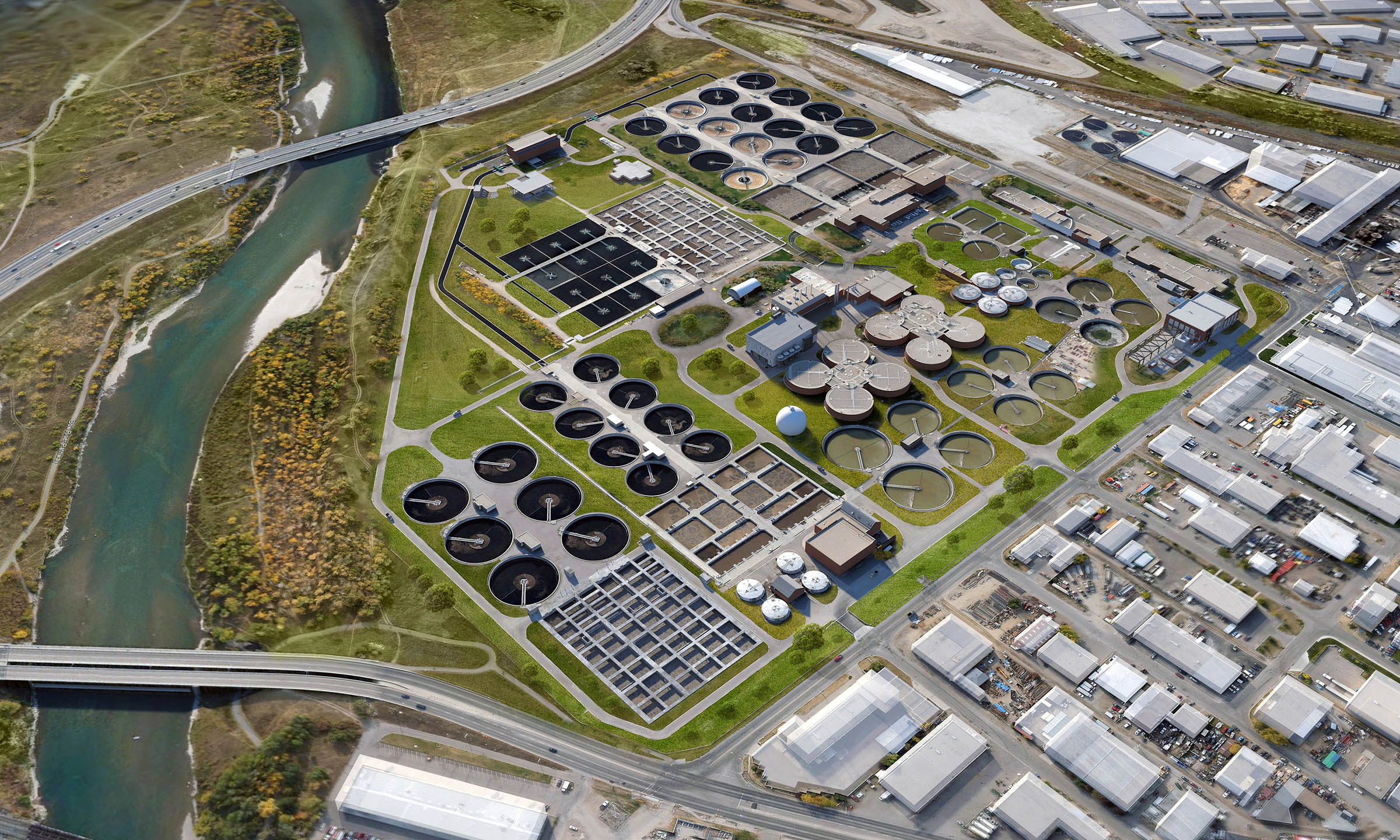Discovering the Duty of Biotechnology in Waste Water Treatment
Discovering the Duty of Biotechnology in Waste Water Treatment
Blog Article
Strategic Approaches to Improve Drainage Therapy Performance and Lessen Environmental Impact
In the realm of drainage therapy, the quest for boosted performance and lowered environmental impact is a perpetual difficulty that requires strategic remedies. As society faces the imperative to take care of water resources sustainably, a nuanced strategy comes to be necessary. The integration of innovative therapy innovations, energy-efficient procedures, source recovery techniques, boosted nutrient elimination methods, and smart monitoring and control systems represents a complex structure for addressing these pressing worries. However, what lies at the core of this complex web of strategies is the potential to transform the way we approach drainage therapy, not simply as a procedure of disposal, however as a useful chance for innovation and ecological stewardship.
Advanced Therapy Technologies
Sophisticated membrane filtration systems have reinvented sophisticated wastewater therapy procedures, dramatically enhancing the elimination of contaminants. This technology has verified to be extremely reliable in removing a broad range of contaminants, including pharmaceuticals, hefty metals, and organic substances, which are frequently challenging to get rid of with typical therapy techniques.
Additionally, membrane layer purification systems offer numerous benefits over standard treatment techniques. They need less space, generate higher-quality effluent, and are much more resistant to changes in influent water quality. Additionally, these systems are highly functional and can be easily incorporated right into existing treatment plants or used as standalone devices for decentralized applications. As the need for tidy water proceeds to increase, the adoption of innovative membrane layer filtering innovations is vital to make certain reliable and lasting wastewater treatment practices.
Energy-Efficient Procedures
The assimilation of energy-efficient processes in wastewater treatment systems is important for enhancing source utilization and lowering functional costs. One essential technique to boosting power efficiency in wastewater treatment is the use of advanced aeration systems, such as great bubble diffusers or surface area aerators, which can boost oxygen transfer efficiency and lower energy consumption.
Moreover, maximizing procedure control and automation via the use of advanced sensors and checking systems can boost total energy effectiveness by changing operations in real-time based on actual need and conditions. Executing energy audits and regularly keeping track of power efficiency indications are essential practices to recognize areas for enhancement and track energy-saving efforts successfully. Generally, the adoption of energy-efficient processes in wastewater treatment not only benefits the setting yet additionally adds to long-lasting expense savings and operational sustainability.
Resource Recuperation Approaches
With a concentrate on optimizing resource application and sustainability in wastewater therapy systems, the execution of source healing techniques becomes a pivotal facet in enhancing functional effectiveness. Resource healing approaches in wastewater treatment include the identification and removal of important sources from the waste stream, therefore turning what was as soon as taken into consideration waste right into a useful possession. By executing source healing techniques such as nutrient elimination and healing, power generation from natural matter, and the manufacturing of reusable water, wastewater therapy plants can decrease environmental effect while taking full advantage of efficiency.

Boosted Nutrient Elimination Methods
Implementing innovative nutrient removal techniques is essential for maximizing the effectiveness of wastewater therapy systems. One of the essential strategies utilized for enhanced nutrient elimination is the process of organic nutrient removal (BNR), which entails the elimination of nitrogen and phosphorus with organic processes.

In addition to BNR, advanced treatment methods such as membrane layer bioreactors (MBRs) and built marshes can likewise be utilized to improve nutrient removal effectiveness. By including these innovative nutrient elimination strategies right into wastewater therapy industries, municipalities and systems can effectively reduce nutrient air pollution and shield the setting.
Smart Tracking and Control Systems
Utilizing cutting-edge modern technology, the assimilation of clever tracking and control systems transforms the operational performance of wastewater treatment facilities. These systems incorporate innovative sensing units and data analytics to continually check essential specifications such as pH levels, turbidity, liquified oxygen, and read the article circulation prices in real-time. By accumulating and examining this information, operators can obtain beneficial understandings into the efficiency of the therapy procedures, enabling proactive modifications to optimize therapy efficiency.
Smart surveillance and control systems likewise support remote surveillance abilities, allowing drivers to access real-time information and control functions from off-site places. This remote availability improves functional flexibility and responsiveness, making it possible for swift treatments in situation of system malfunctions or fluctuations in influent high quality. Furthermore, the anticipating upkeep capabilities of these systems assist avoid equipment failures and decrease downtime, ultimately enhancing the general reliability of wastewater therapy procedures (Waste Water Treatment).
Verdict
Finally, critical methods such as sophisticated therapy modern technologies, energy-efficient processes, resource healing strategies, enhanced nutrient removal methods, and wise surveillance and control systems play an important duty in enhancing wastewater treatment effectiveness and lessening ecological influence. By implementing these methods, wastewater treatment plants can enhance their general efficiency, minimize power intake, recuperate valuable sources, and ensure compliance with ecological laws. These methods are necessary for reliable and sustainable wastewater administration methods.

In conclusion, strategic strategies such as sophisticated therapy innovations, energy-efficient procedures, resource healing techniques, boosted nutrient removal strategies, and smart tracking and control systems play a vital role in boosting wastewater treatment effectiveness and minimizing ecological impact.
Report this page